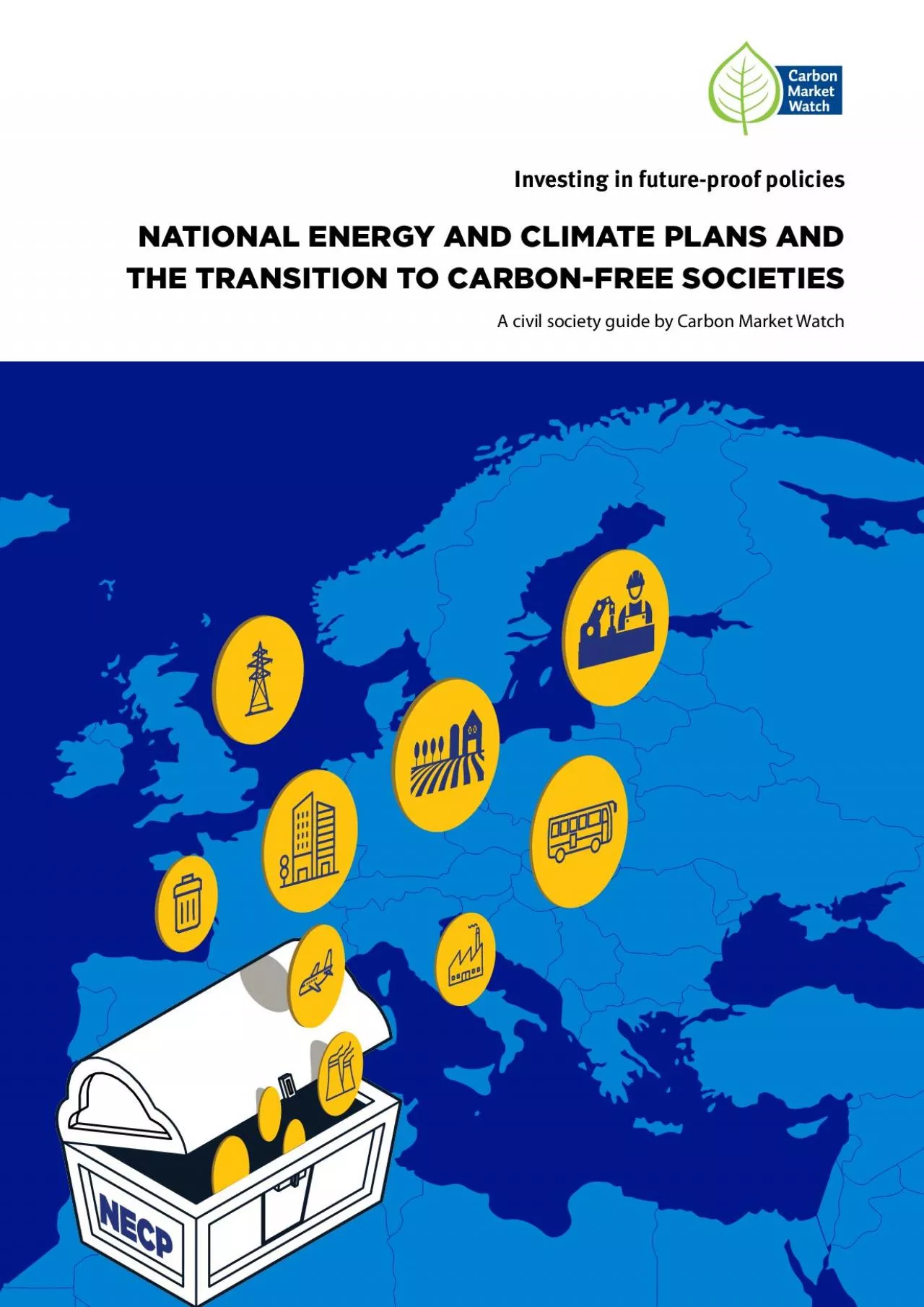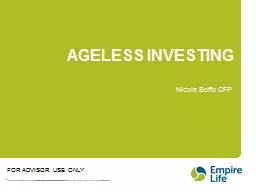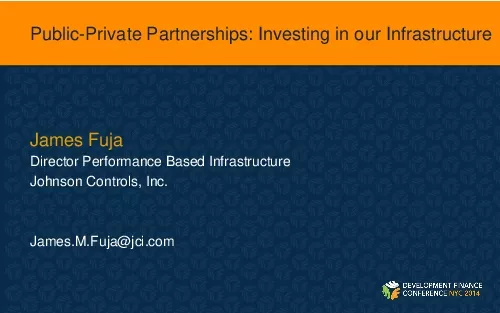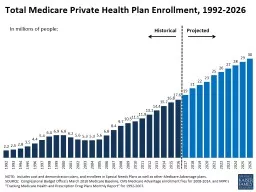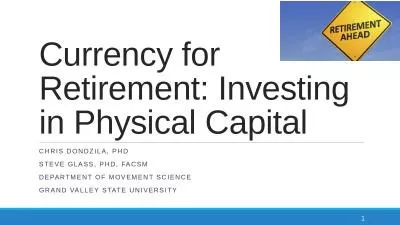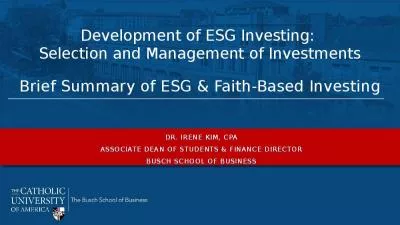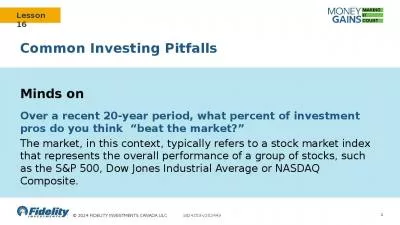PDF-Investing in futureproof policiesNATIONAL ENERGY AND CLIMATE PLANS AN
Author : vivian | Published Date : 2021-09-26
IntroductionIn the coming time Member States will need to develop National Energy and Climate Plans NECPs in collaboration with stakeholders to show how they plan
Presentation Embed Code
Download Presentation
Download Presentation The PPT/PDF document "Investing in futureproof policiesNATIONA..." is the property of its rightful owner. Permission is granted to download and print the materials on this website for personal, non-commercial use only, and to display it on your personal computer provided you do not modify the materials and that you retain all copyright notices contained in the materials. By downloading content from our website, you accept the terms of this agreement.
Investing in futureproof policiesNATIONAL ENERGY AND CLIMATE PLANS AN: Transcript
Download Rules Of Document
"Investing in futureproof policiesNATIONAL ENERGY AND CLIMATE PLANS AN"The content belongs to its owner. You may download and print it for personal use, without modification, and keep all copyright notices. By downloading, you agree to these terms.
Related Documents

